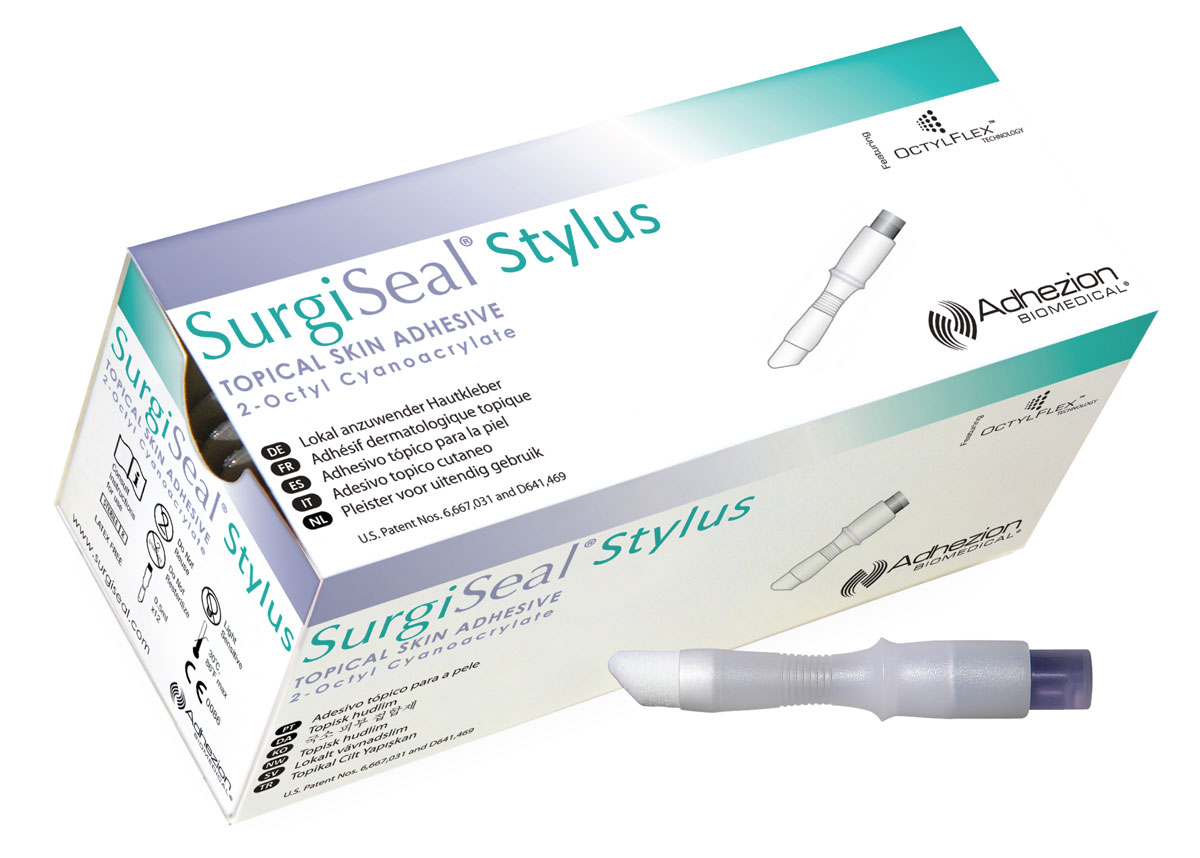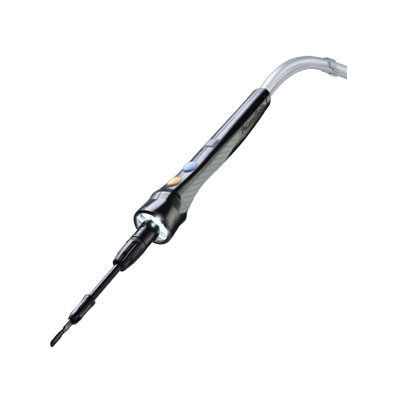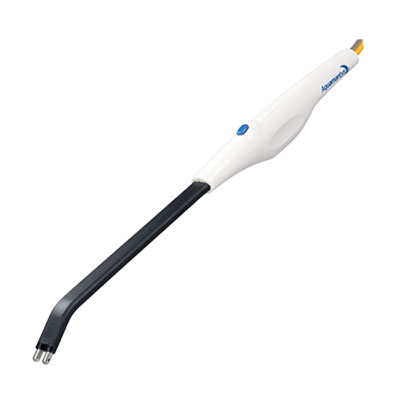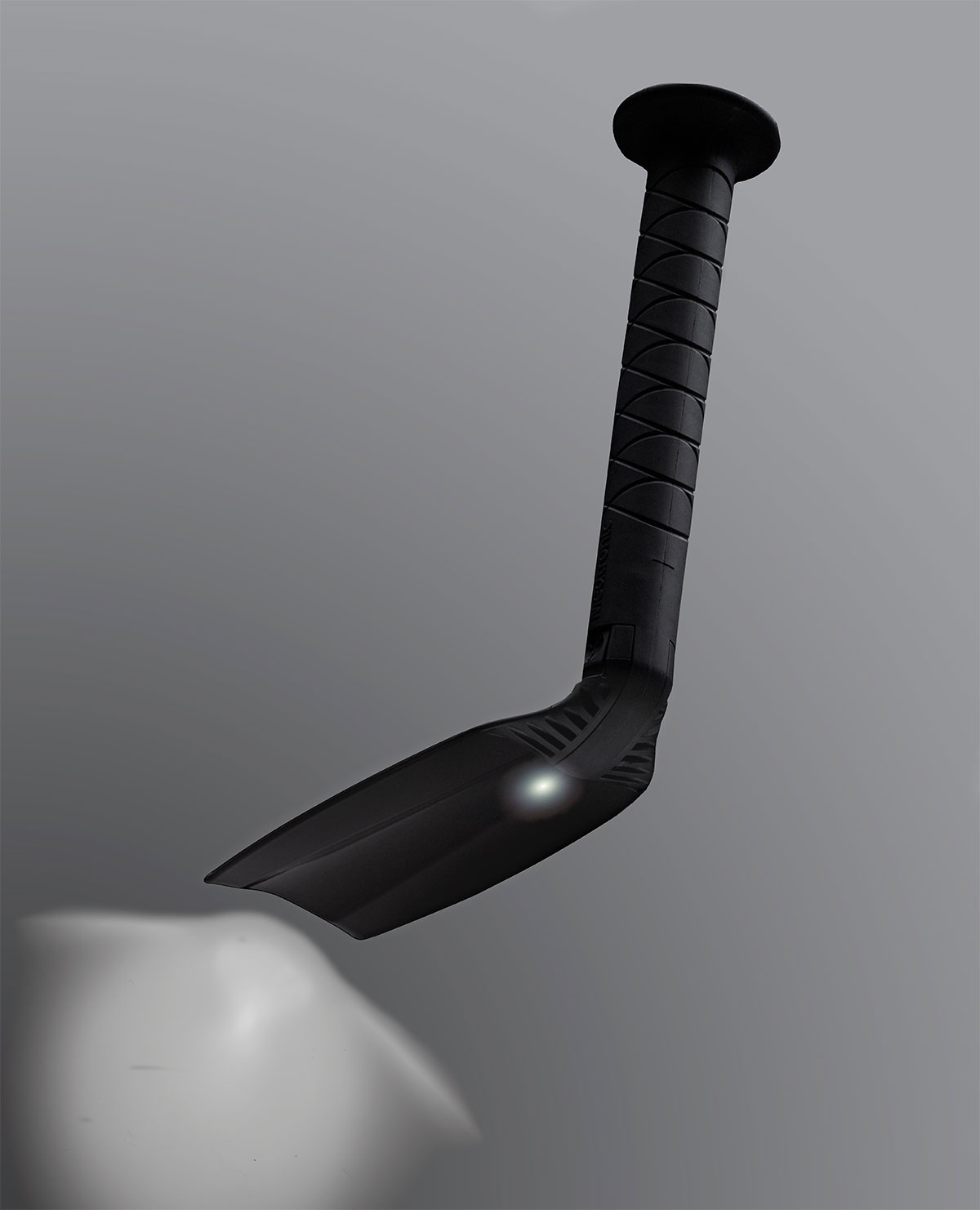- When compared with non-infectious cardiac device complications, pacemaker infections result in an 8.4x to 11.6x increase in mortality rates along with a mean hospitalisation cost ranging from $31,149 to $55,003.[1]
- Adding microbial skin sealant results in less contamination of the incision by endogenous skin microbes by the end of the surgical procedure than standard skin prep techniques. There is a subsequent reduction in the risk of Surgical Site Infection (SSI), which is particularly pronounced in obese patients.[2]
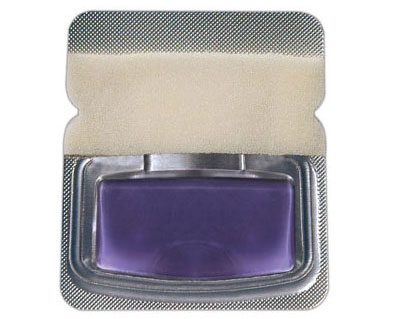
- FloraSeal has been shown to trap and immobilise bacteria that may cause infection to the patient. It rapidly and powerfully kills gram-positive and gram-negative bacteria.[3]
1. Fakhro, A., Jalalabadi, F., Brown, R. H., & Izaddoost, S. A. (2016). Treatment of Infected Cardiac Implantable Electronic Devices. Seminars in plastic surgery, 30(2), 60–65.
2. von Eckardstein, A. S., Lim, C. H., Dohmen, P. M., Pêgo-Fernandes, P. M., Cooper, W. A., Oslund, S. G., & Kelley, E. L. (2011). A randomized trial of a skin sealant to reduce the risk of incision contamination in cardiac surgery. The Annals of thoracic surgery, 92(2), 632–637.
3. Prince, D., Kohan, K., Solanki, Z., Mastej, J., Prince, D., Varughese, R., & Patel, M. (2017). Immobilization and death of bacteria by Flora Seal microbial sealant. Int J Pharm Sci Invent, 6(6), 45-49.
